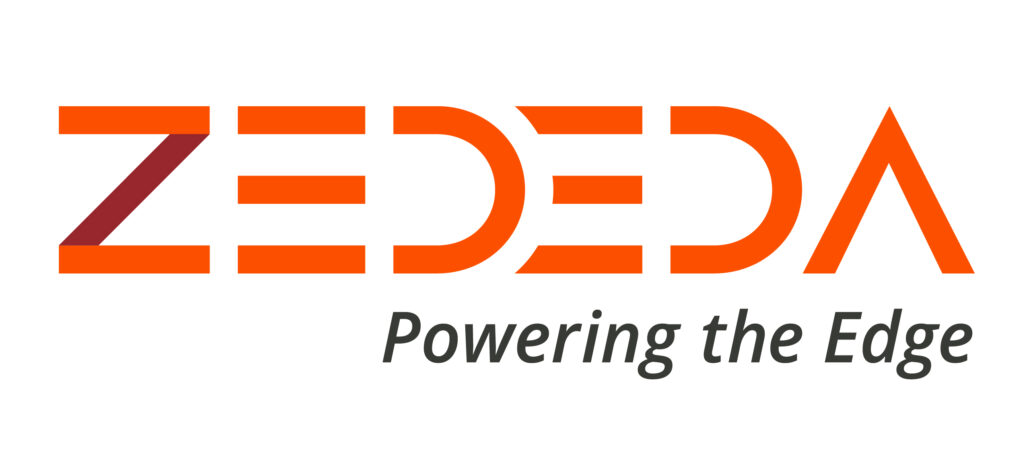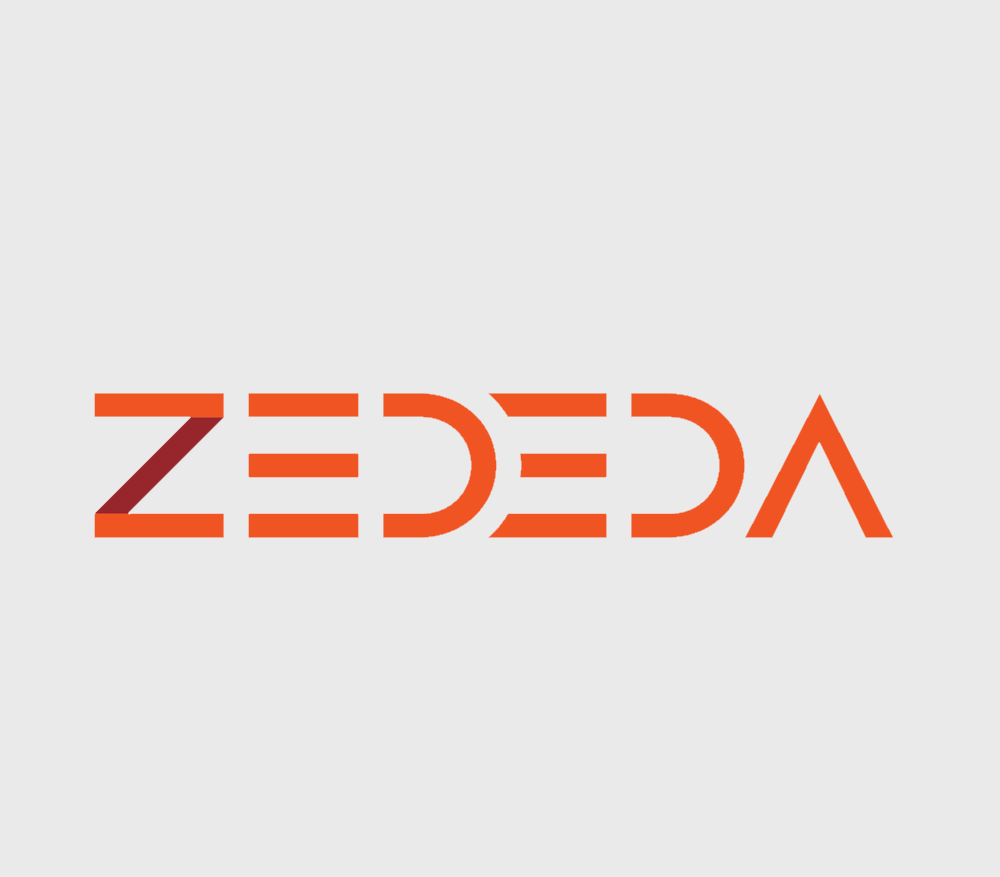
Open vs. Closed Philosophies, the Value of the Network Effect and Balancing Risk and Reward
In my 2020 predictions for Edge Computing piece earlier this year, I highlighted an increase in collaboration on interoperability, between different IT and OT stakeholders and building trust in data. In this three-part blog, I’ll expand on some related thoughts around building ecosystems, including various technical and business considerations and the importance of an open underlying foundation at the network edge.
For more on this topic, make sure to register and tune in tomorrow, July 28 for Stacey Higginbotham’s virtual event Everything is Connected — How to Build Products and Ecosystems for a Connected Age! Stacey always puts on a great event and this will be a great series of panel discussions on this important topic. I’m on a roundtable about building partnerships for data sharing and connected services.
Also, mark your calendar for August 19 for ZEDEDA’s big virtual ecosystem launch event… more details tomorrow in part two of this series!
The new product mindset
I’ve previously written about the “new product mindset” to highlight the importance of developing products and services with the cumulative lifetime value they will generate in mind, compared to just the immediate value delivered on the day of launch. In the rapidly-evolving technology landscape, competitive advantage is based on the ability to innovate rapidly and continuously improve an offering through software- and, increasingly, hardware-defined experiences, not to mention better services.
Related to this is the importance of ecosystems. Whether you build one or join one, it’s more important than ever in this world of digital transformation to be part of an ecosystem to maintain a competitive edge. This includes consideration on two vectors — both horizontal for a solid and scalable foundation and vertical for domain-specific knowledge that drives targeted outcomes. Ultimately, it’s about creating a network effect for maximizing value, both for customers and the bottom line.
Approaches to building ecosystems
An ecosystem in the business world can take various forms. In simplest terms it could be a collection of products and services that are curated to be complementary to a central provider’s offering. Alternatively, it could consist of partners working towards a common goal, with each benefitting from the sum of the parts. Another ecosystem could take the form of an operations-centric supply chain or a group of partners targeting common customers with a joint go-to-market strategy.
Approaches to ecosystem development span a spectrum of closed to open philosophies. Closed ecosystems are based on closely-governed relationships, proprietary designs, and, in the case of software, proprietary APIs. Sometimes referred to as “walled gardens,” the tight control of closed ecosystems can provide a great customer experience. However, this tends to come with a premium cost and less choice. Apple is a widely cited example of a company that has taken a more closed ecosystem approach.
Then there are “closed-open” approaches which have APIs and tools that you can openly program to — as long as you pay access fees or are otherwise advancing the sponsoring company’s base offer. Amazon’s “Works with Alexa” program is an example of this model, and a big driver in how they emerged as a smart home leader — they spent many years establishing relationships and trust with a broad consumer base. This foundation creates a massive network effect, and in turn, Amazon makes the bulk of their revenue from the Alexa ecosystem by selling more consumer goods and furthering customer relationships — much more so than on the Alexa-enabled devices themselves.
Scaling through open source
To fully grasp the business trade-offs of closed vs. open ecosystems, consider Apple’s iOS and Android. While Apple provides a curated experience, the open source Android OS provides more choice and, as a result, has over 85 percent of the global mobile OS market share. Android device makers may not be able to collect as much of a premium as Apple because of the open competition and difficulty in differentiating with both hardware and a better user experience by skinning the stock Android UI. However, a key upside element is the sheer volume factor.
Plus, that’s not to say there still isn’t an opportunity to differentiate with Android as the base of your ecosystem. As an example, Samsung has built a strong ecosystem approach through their Galaxy brand and has recently branched out even further by announcing partnerships with leading content providers to offer a better-together story with their products. We’ve seen this play before — if you’re old enough to have rented video tapes at a brick-and-mortar store (be kind, rewind!), you’ll recall that VHS was an inferior technology to Beta but it won out after a short format battle because the backers of VHS got the most movie studios onboard.
It’s ultimately about taking a holistic approach, and these days open source software like Android is an essential driver of ecosystem enablement and scale. On top of the benefit of helping developers reduce “undifferentiated heavy lifting,” open source collaboration provides an excellent foundation for creating a network effect that multiplies value creation.
After all, Google didn’t purchase the startup Android in 2005 (for just $50M!) and seed it into the market just to be altruistic — the result was a driver for a massive footprint that creates revenue through outlets including Google’s search engine and the Play store. Google doesn’t reveal how much Android in particular contributes to their bottom line, but in a 2015 court battle with Oracle over claims of a Java-related patent infringement it was speculated that it was already well over $30B a year. Further, reaching this user base to drive more ad revenue is now free for Google, compared to them reportedly paying Apple $1B in 2014 for making their search engine the default for the iPhone.
Striking a balance between risk and reward
There’s always some degree of a closed approach when it comes to resulting commercial offers, but an open source foundation undoubtedly provides the most flexibility, transparency and scalability over time. However, it’s not just about the technology — also key to ecosystems is striking a balance between risk and reward.
Ecosystems in the natural world are composed of organisms and their environments — this highly complex network finds an equilibrium based on ongoing interactions. The quest for ecosystem equilibrium carries over to the business world, and especially holds true for IoT solutions at the edge due to the inherent relationship of actions taken based on data from tangible events occurring in the physical world.
Several years back, I was working with a partner that piloted an IoT solution for a small farmer, “Fred,” who grows microgreens in greenhouses outside of the Boston area. In the winter, Fred used propane-based heaters to maintain the temperature in his greenhouses and if these heaters went out during a freeze he would lose thousands of dollars in crops overnight. Meanwhile, “Phil” was his propane supplier. Phil was motivated to let his customers’ propane tanks run almost bone dry before driving his truck out to fill them so he could maximize his profit on the trip.
As part of the overall installation, we instrumented Fred’s propane tank with a wireless sensor and gave both Fred and Phil visibility via mobile apps. With this new level of visibility, Fred started freaking out any time the tank wasn’t close to full and Phil would happily watch it drop down to near empty. This created some churn up front but after a while it turned out that both were satisfied if the propane tank averaged 40% full. Side note: Fred was initially hesitant about the whole endeavor but when we returned to check in a year later, you couldn’t peel him away from his phone monitoring all of his farming operations.
Compounding value through the network effect
Where it starts getting interesting is compounding value-add on top of foundational infrastructure. Ride sharing is an example of an IoT solution (with cars representing the “things”) that has created an ecosystem network effect in the form of supplemental delivery services by providers (such as Uber Eats) partnering with various businesses. There’s also an indirect drag effect for ecosystems, for example Airbnb has created an opportunity for homeowners to rent out their properties and this has produced a network effect for drop-in IoT solutions that simplify tasks for these new landlords such as remotely ensuring security and monitoring for issues such as water leaks.
The suppliers and workers in a construction operation also represent an ecosystem, and here too it’s important to strike a balance. Years back, I worked with a provider of an IoT solution that offered cheap passive sensors that were dropped into the concrete forms during the pouring of each floor of a building. Combined with a local gateway and software, these sensors told the crew exactly when the concrete was sufficiently cured so they could pull the forms faster.
While the company’s claims of being able to pull forms 30% faster sounded great on the surface, it didn’t always translate to a 30% reduction in overall construction time because other logistics issues often then became the bottleneck. This goes beyond the supply chain — one of the biggest variables construction companies face is their workforce, and people represent yet another complex layer in an overall ecosystem. And beyond construction workers, there are many other stakeholders during the building process spanning financial institutions, insurance carriers, real estate brokers, and so forth. Once construction is complete then come tenants, landlords, building owners, service providers and more. All of these factors represent a complex ecosystem that continues to find a natural equilibrium over time as many variables inevitably change.
In a final ecosystem example, while IoT solutions can drive entirely new services and experiences in a smart city, it’s especially important to balance privacy with value creation when dealing with crossing public and private domains. A city’s internally-focused solution for improving the efficiency of their waste services isn’t necessarily controversial, meanwhile if a city was to start tracking citizens’ individual recycling behaviors with sensors this is very likely to be perceived as an encroachment on civil liberties. I’m a big recycler (and composter), and like many people I’ll give up a little privacy if I receive significant value, but there’s always a fine line.
In closing
The need to strike an equilibrium across business ecosystems will be commonplace in our increasingly connected, data-driven world. These examples of the interesting dynamics that can take place when developing ecosystems highlight how it’s critical to have the right foundation and holistic approach to enable more complex interactions and compounding value, both in the technical sense and to balance risk and privacy with value created for all parties involved.
Stay tuned for part two of this series in which I’ll walk through the importance of having an open foundation at the network edge to provide maximum flexibility and scale for ecosystem development.
Thanks for reading, feel free to drop me a line with any comments or questions! @defshepherd




